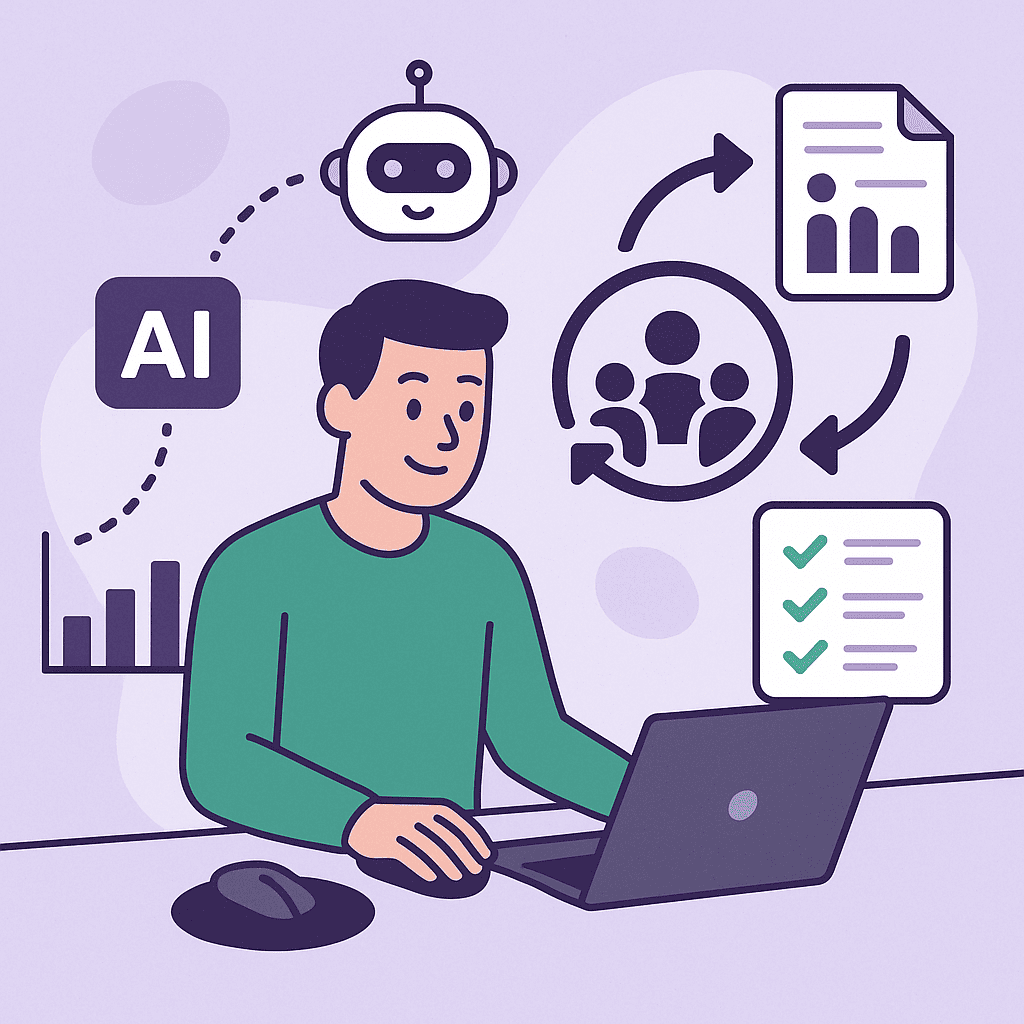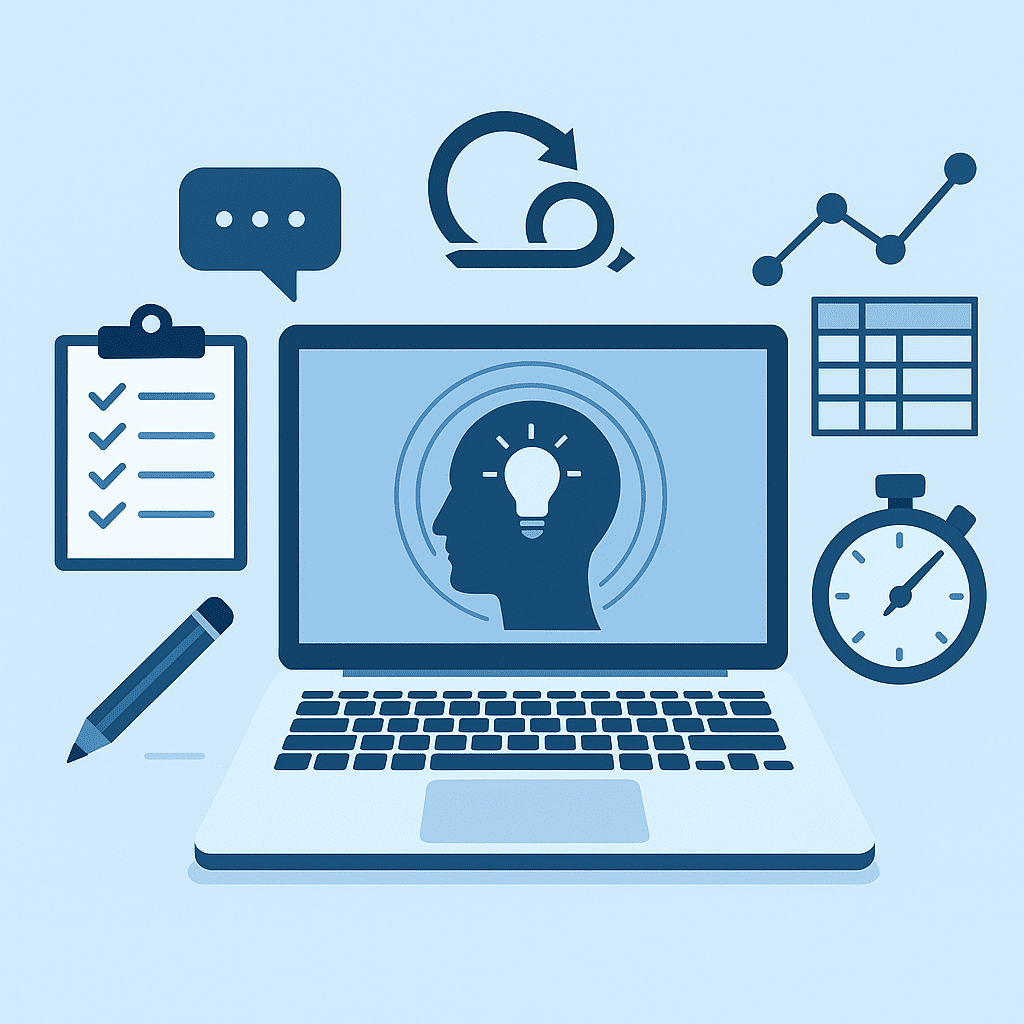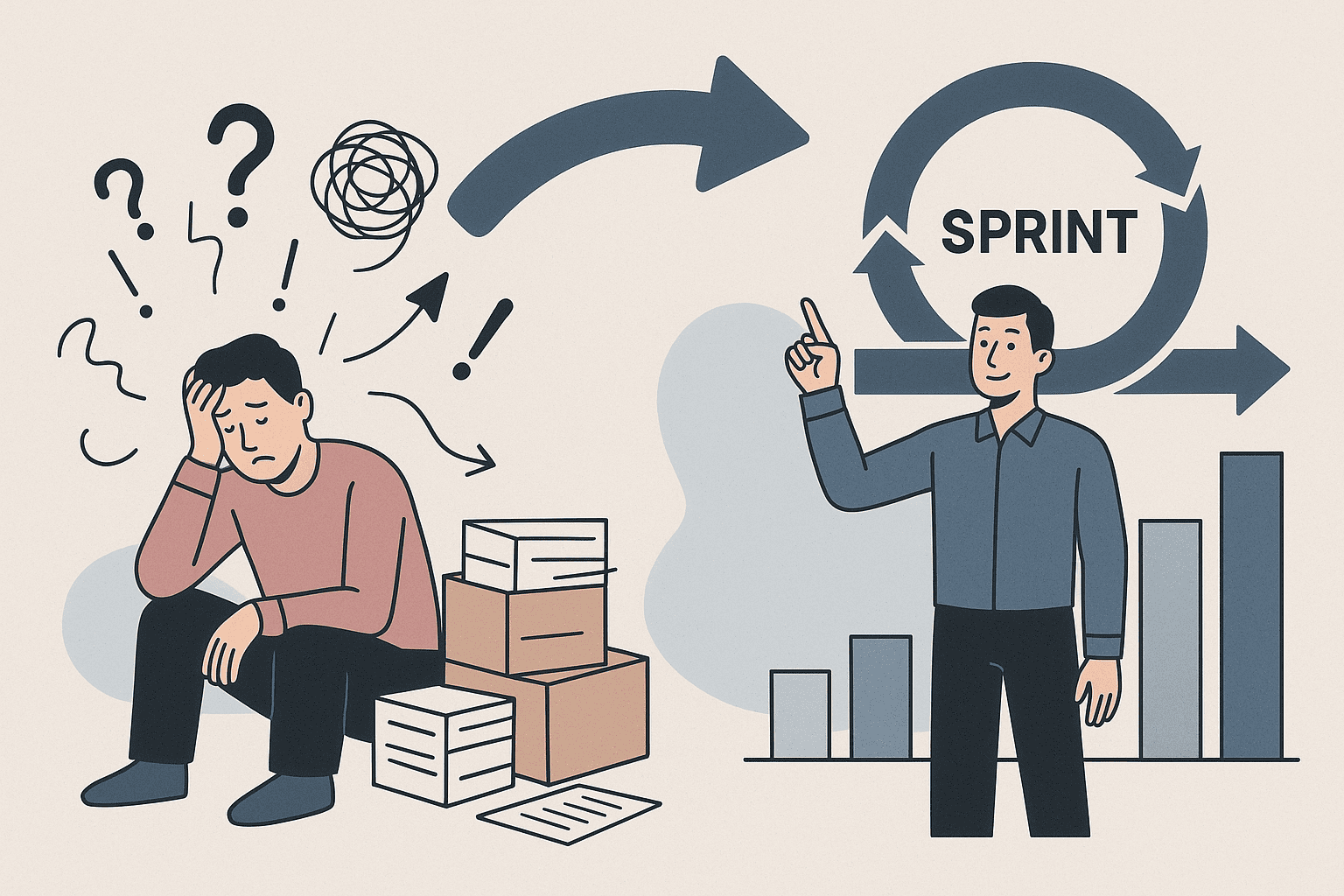Here’s a comparison between traditional Waterfall project management and Agile Scrum methodologies:
1. Approach and Structure:
- Waterfall:
- Linear and Sequential: Waterfall follows a linear, sequential approach. Each phase (e.g., requirements gathering, design, development, testing, deployment) is completed before moving on to the next.
- Rigid Structure: Changes are difficult to accommodate once a phase is completed, making it less flexible.
- Documentation-Driven: Extensive documentation is produced at each phase to ensure that everything is well-defined before the next phase begins.
- Agile Scrum:
- Iterative and Incremental: Scrum is an iterative process where the project is broken down into small increments called sprints, usually lasting 2-4 weeks.
- Flexible and Adaptive: Scrum allows for changes and refinements throughout the project. Continuous feedback and collaboration are key components.
- Collaboration-Driven: Scrum focuses on collaboration between cross-functional teams and stakeholders, with less emphasis on documentation.
2. Planning and Execution:
- Waterfall:
- Upfront Planning: Detailed planning is done at the start, with clear timelines, budgets, and deliverables.
- Execution: Each phase is executed according to the plan, with little room for deviation.
- Delivery: The final product is delivered at the end of the project, after all phases are complete.
- Agile Scrum:
- Adaptive Planning: Planning is more flexible and evolves as the project progresses. The focus is on delivering functional increments early and often.
- Execution: Work is done in sprints, with regular reassessment and re-prioritization.
- Continuous Delivery: The product is delivered in increments, allowing for regular feedback and adjustments.
3. Team Dynamics and Roles:
- Waterfall:
- Role Specificity: Roles are more defined and specialized, with clear divisions between developers, testers, project managers, etc.
- Top-Down Communication: Communication tends to be hierarchical, with decisions made by project managers and communicated down the chain.
- Agile Scrum:
- Cross-Functional Teams: Teams are cross-functional, with members often wearing multiple hats (e.g., developers may also test, and testers may be involved in design).
- Self-Organizing Teams: Teams are self-organizing, with a Scrum Master facilitating rather than directing.
- Collaborative Communication: Communication is more horizontal, with daily stand-up meetings (Daily Scrums) to keep everyone aligned.
4. Risk Management:
- Waterfall:
- High Risk: Because the final product is delivered at the end, there is a higher risk of not meeting customer expectations or encountering issues late in the process.
- Limited Flexibility: Adapting to changes is difficult and costly, which increases the risk if the project requirements evolve.
- Agile Scrum:
- Low Risk: Continuous feedback and incremental delivery reduce the risk of building something that doesn’t meet customer needs.
- High Flexibility: Scrum allows for ongoing adjustments, reducing the impact of unexpected changes.
5. Customer Involvement:
- Waterfall:
- Limited Involvement: Customers are typically involved at the beginning (requirements phase) and the end (final delivery), with little interaction in between.
- Fixed Requirements: Once requirements are set, they are difficult to change, leading to potential dissatisfaction if needs evolve.
- Agile Scrum:
- Continuous Involvement: Customers are involved throughout the project, providing feedback at the end of each sprint.
- Evolving Requirements: Requirements can evolve based on customer feedback, ensuring the end product is more aligned with customer needs.
6. Suitability:
- Waterfall:
- Best For: Projects with well-defined requirements and where changes are unlikely. Common in industries like construction or manufacturing.
- Predictability: Waterfall provides predictability in terms of timelines and costs if the scope is clear and stable.
- Agile Scrum:
- Best For: Projects with uncertain or evolving requirements, where flexibility and quick delivery are crucial. Common in software development and creative industries.
- Adaptability: Scrum is highly adaptable to changing requirements and environments.
7. Final Outcome:
- Waterfall:
- Single Delivery: The product is delivered once, at the end of the project, which can lead to a long wait before the customer sees the final outcome.
- Less Feedback: Limited opportunities for feedback until the project is near completion.
- Agile Scrum:
- Incremental Delivery: The product is delivered in increments, providing opportunities for early feedback and adjustments.
- Continuous Improvement: Feedback loops allow for continuous improvement and refinement of the product.
Conclusion:
- Waterfall is ideal for projects with clear, stable requirements where predictability is essential.
- Agile Scrum is better suited for projects where flexibility, customer feedback, and rapid delivery are prioritized, particularly in dynamic environments.




